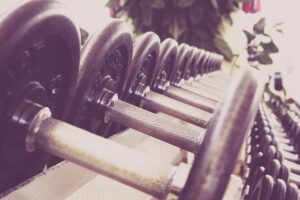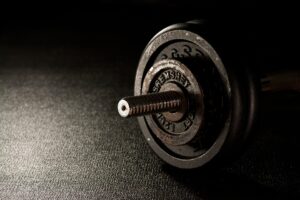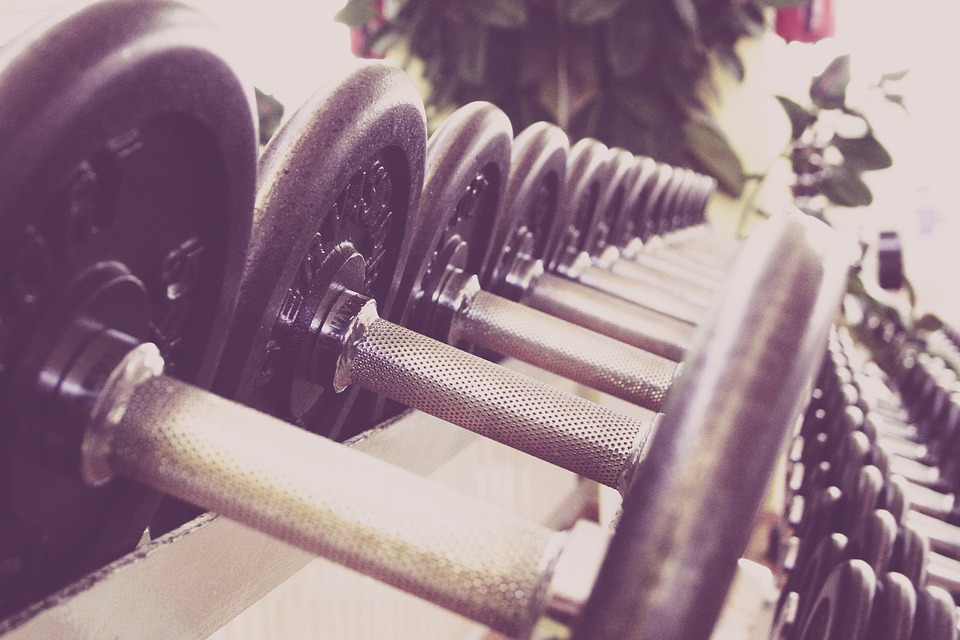Creatine is a popular dietary supplement known for its potential benefits in enhancing muscle growth, strength, and athletic performance. In this article, we will delve into the benefits of creatine supplementation for muscle building, discuss the optimal daily dosage, and provide guidance on timing to maximize its effectiveness.
Benefits of Creatine Supplementation for Muscle Building:
1. Increased Muscle Strength and Power: Creatine supplementation has been extensively studied and shown to improve muscular strength and power. It enhances the production of adenosine triphosphate (ATP), the primary energy source for muscle contractions. With increased ATP availability, individuals can push harder, lift heavier weights, and perform more repetitions, leading to greater gains in strength and power.
2. Enhanced Muscle Recovery: Creatine has been found to facilitate muscle recovery by replenishing phosphocreatine stores, which are depleted during intense exercise. By maintaining optimal phosphocreatine levels, creatine supplementation accelerates the resynthesis of ATP, reducing muscle fatigue and promoting faster recovery between workouts.
3. Muscle Hypertrophy: Creatine’s ability to increase water content within muscle cells (cell volumization) can create an anabolic environment that promotes muscle protein synthesis. This can result in greater muscle fiber growth, leading to increased muscle mass and hypertrophy over time.
Optimal Daily Dosage of Creatine:
1. Loading Phase: To rapidly saturate muscle creatine stores, a loading phase is commonly employed. During this phase, individuals take around 20 grams of creatine per day, divided into 4-5 equal doses, for 5-7 days. This loading phase helps quickly elevate muscle creatine levels.
2. Maintenance Phase: Following the loading phase, a maintenance phase is initiated to maintain elevated creatine levels. The recommended daily maintenance dosage is typically 3-5 grams of creatine per day. Taking the maintenance dose consistently ensures a sustained supply of creatine to support muscle-building goals.
Timing of Creatine Consumption:
1. Pre-Workout: Taking creatine before a workout can help increase intramuscular creatine levels and provide an immediate source of energy during exercise. Consuming 3-5 grams of creatine approximately 30-60 minutes before your workout can optimize its availability during training.
2. Post-Workout: While not essential, consuming creatine after a workout can further enhance muscle recovery and replenish creatine stores. Taking 3-5 grams of creatine with a post-workout meal or protein shake can assist in maximizing the benefits of creatine on muscle growth and repair.
3. Timing During Non-Training Days: On days without workouts, it is recommended to take the daily maintenance dose of creatine with a meal to ensure consistent creatine levels and support muscle recovery and growth.
Important Considerations:
1. Hydration: Creatine supplementation may cause a temporary increase in water retention within muscles. To mitigate this, ensure adequate hydration by drinking plenty of water throughout the day.
2. Individual Differences: While the aforementioned dosing guidelines are commonly recommended, individual responses to creatine supplementation may vary. Some individuals may experience optimal results with lower dosages, while others may require higher doses. It is advisable to consult with a healthcare professional or a sports nutritionist for personalized recommendations.
Creatine supplementation is a well-researched and effective strategy for individuals seeking to maximize muscle-building potential. Its benefits include increased muscle strength, enhanced power output, improved recovery, and the promotion of muscle hypertrophy. To optimize its effectiveness, a loading phase followed by a maintenance phase is commonly employed, along with strategic timing of consumption, such as pre- and post-workout. Adhering to recommended dosages and considering individual differences can










